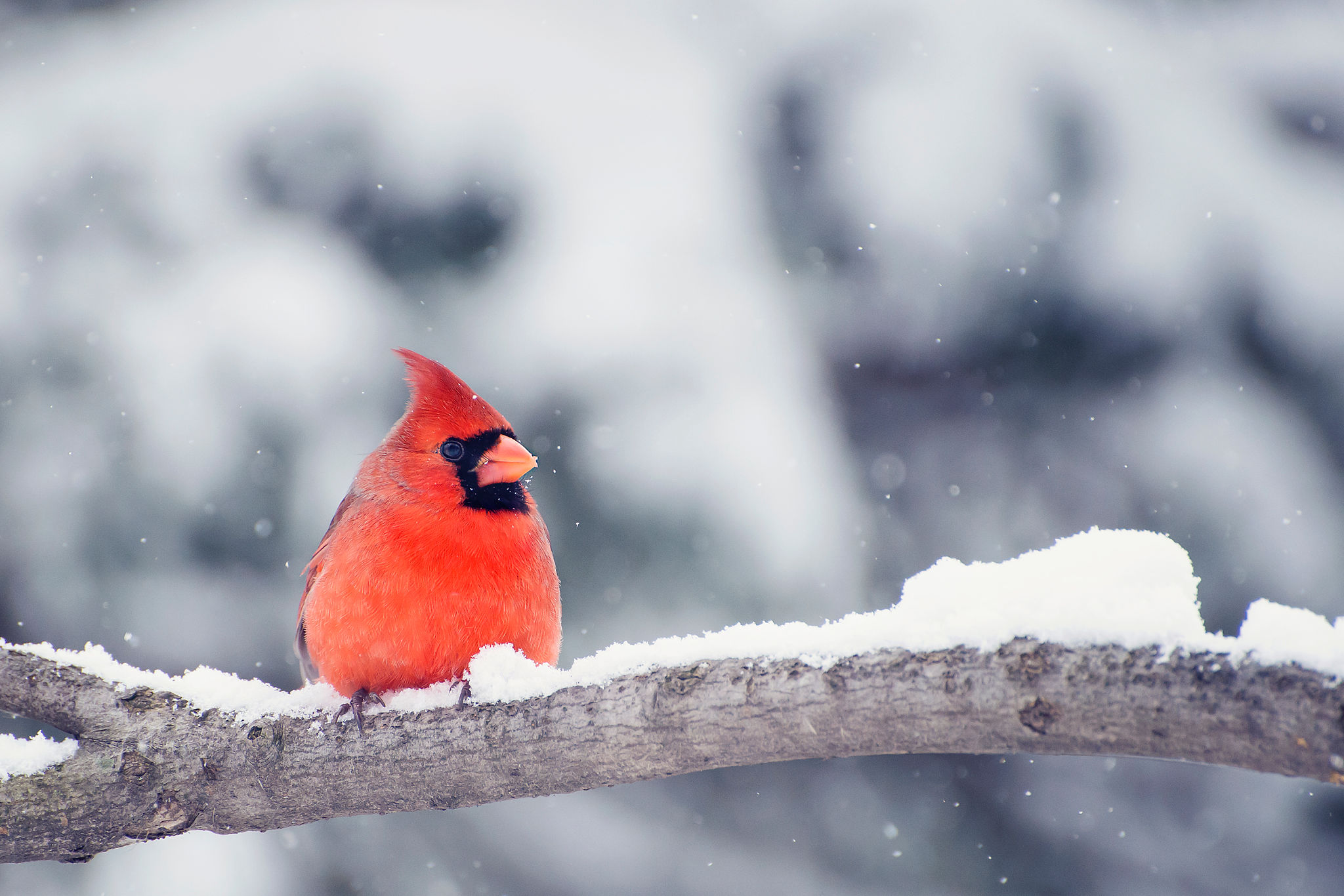Wildwood's Wildlife Management: A Seasonal Preparation Guide
Understanding Wildwood's Diverse Ecosystem
Nestled in the heart of nature, Wildwood is home to a rich tapestry of flora and fauna. This diverse ecosystem requires careful management to ensure the delicate balance between wildlife and human activity is maintained. For those involved in wildlife management, understanding the seasonal cycles and patterns is crucial.

Spring: Rebirth and Renewal
Spring is a season of renewal in Wildwood, with many animals emerging from hibernation and plants beginning to blossom. Wildlife management efforts during this time focus on monitoring animal populations and ensuring that habitats are conducive to breeding. Key tasks include:
- Surveying animal populations to assess health and numbers.
- Restoring habitats to support breeding and nesting activities.
- Implementing measures to control invasive species.
By ensuring that the ecosystem thrives in spring, we lay the foundation for a successful year in wildlife management.
Summer: Managing Increased Activity
Summer is a bustling time for Wildwood's wildlife, with increased activity from both animals and visitors. During this season, wildlife managers focus on maintaining safe interactions between humans and animals. This includes:
- Maintaining trails and signage to guide visitors.
- Educating the public about responsible wildlife interaction.
- Monitoring water sources to ensure they remain clean and accessible.

Autumn: Preparation for Dormancy
As the vibrant colors of autumn appear, wildlife management shifts towards preparing the ecosystem for the colder months ahead. This involves activities such as:
- Conducting assessments of food supplies for animals.
- Clearing debris and fallen leaves to prevent disease.
- Strengthening habitats to provide adequate shelter during winter.
These preparations are essential in ensuring that the wildlife can withstand the challenges of winter.
Winter: Monitoring and Maintenance
Winter brings a quieter time in Wildwood, but wildlife management remains vigilant. The focus during this season is on monitoring animal health and ensuring that critical resources are available. Key actions include:
- Tracking animal movements to study winter survival strategies.
- Providing supplementary feeding where natural resources are scarce.
- Repairing any infrastructure damaged by harsh weather conditions.

The Importance of Community Involvement
Effective wildlife management in Wildwood is not possible without community involvement. Engaging local residents and visitors through educational programs and volunteer opportunities helps foster a sense of stewardship. Encouraging community participation not only enhances conservation efforts but also builds a deeper appreciation for Wildwood's natural beauty.
Conclusion: A Year-Round Commitment
The seasonal preparation guide highlights the year-round commitment required for successful wildlife management in Wildwood. By understanding and adapting to the seasonal needs of the ecosystem, managers can ensure the long-term health and vitality of this unique natural habitat. Whether you're a professional or a passionate visitor, every effort counts in preserving the wonder of Wildwood for future generations.